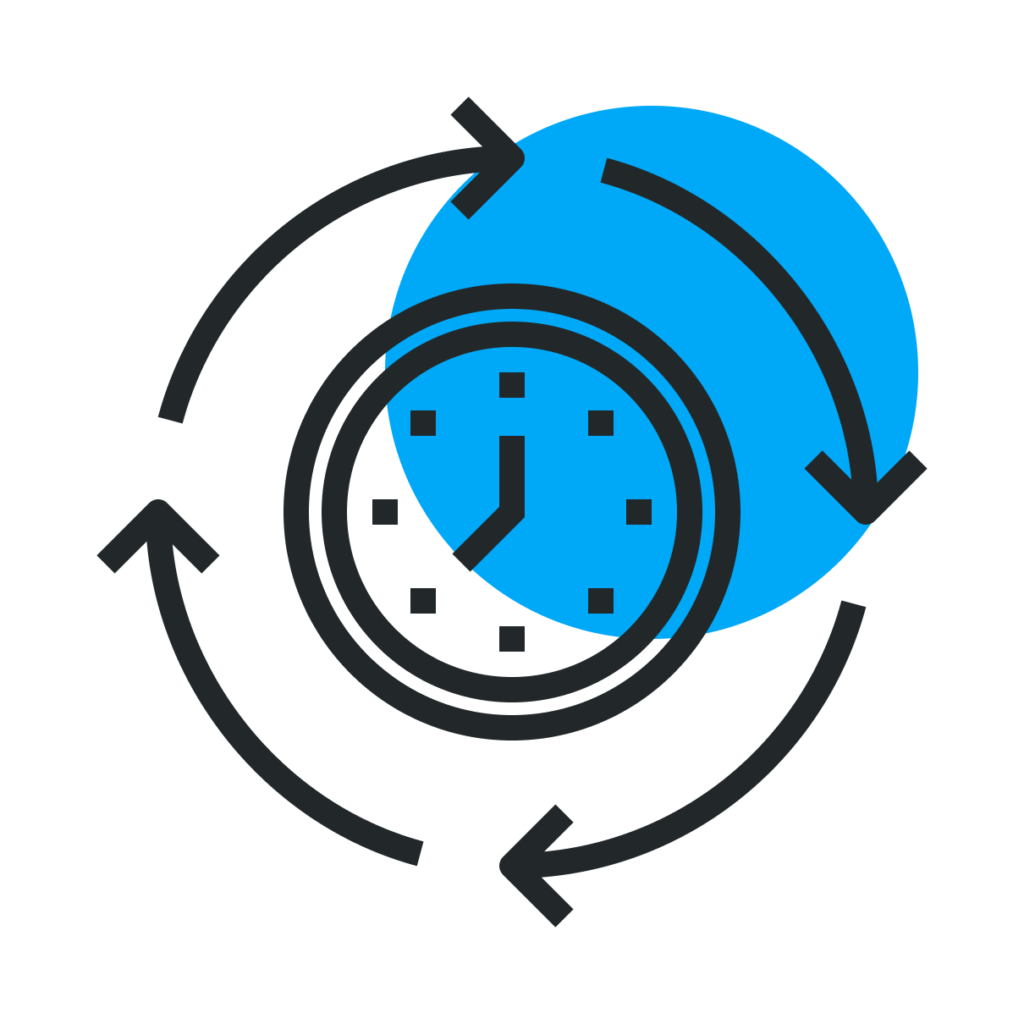This effect was first studied back in 1973 by Malcolm Brenner. In his experiment, participants read words aloud from an index card, and afterward, they were asked to recall as many of the words as possible. The results revealed that words read within approximately nine seconds before a participant’s turn was recalled worse than other words.
The cause of this effect appears to be an inability to encode the information into long-term memory before our turn to speak. Another study found that this effect can be prevented and even reversed by asking participants to pay more attention to the events preceding their turn, leading to a better recall of those events.
This phenomenon is seen as part of a broader set of cognitive processes that involve selective attention and memory.
For UX professionals, this effect can play a huge part in how we work in a group setting. In a team brainstorming session, for example, we might forget the points made by the person speaking right before us, because we are preoccupied with what we are about to say ourselves.
Since studies have shown that simply being asked to pay closer attentions reduces or even eliminates this bias altogether, it’s important to remember that during large team meetings, it’s important to pay attention to what’s being said and not focus on what is going through your head before you decide to speak up.
As someone with ADHD, this is one of the hardest things I’ve had to struggle with in professional settings. I often have a million things running through my head in meetings and I’m easily distracted. I’ve found that taking notes during meetings and writing down things in my head helps me remember what I want to say when it’s my turn to talk. Instead of trying to remember what I want to say, this allows me to focus on what others are saying.
🎯 Here are some key takeaways:
Simply be aware of the Bias
Simply being aware of the Next-In-Line Effect can help us actively listen, pay more attention to others, and engage with what everyone else is saying. It also helps to remember that others will be affected by this bias, so we should do what we can to reinforce engagement and attention.
Practice active listening
Encourage team members to actively listen to others and perhaps take brief notes to ensure information is not lost.
Foster a supportive environment
Encourage a culture where team members feel comfortable and don’t feel pressured to impress everyone else. This might reduce anxiety and increase memory retention.
Use visual aids
Using visual aids during meetings can help reinforce what's being said and make it more memorable for the audience or group.
Emphasize recap and summary
After each person's turn or at the end of the meeting or brainstorming session, a quick recap of what was said can help reinforce information and ensure that nothing important was missed.
📚 Keep exploring
To dive deeper into the topic of the Next-In-Line Effect and its implications for team dynamics, check out these resources:



